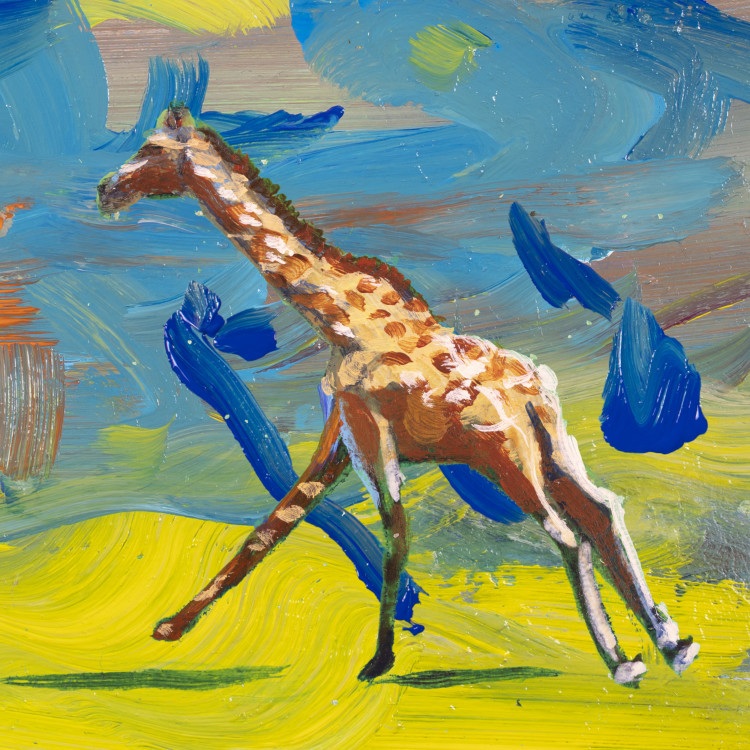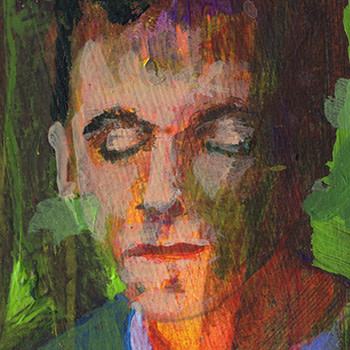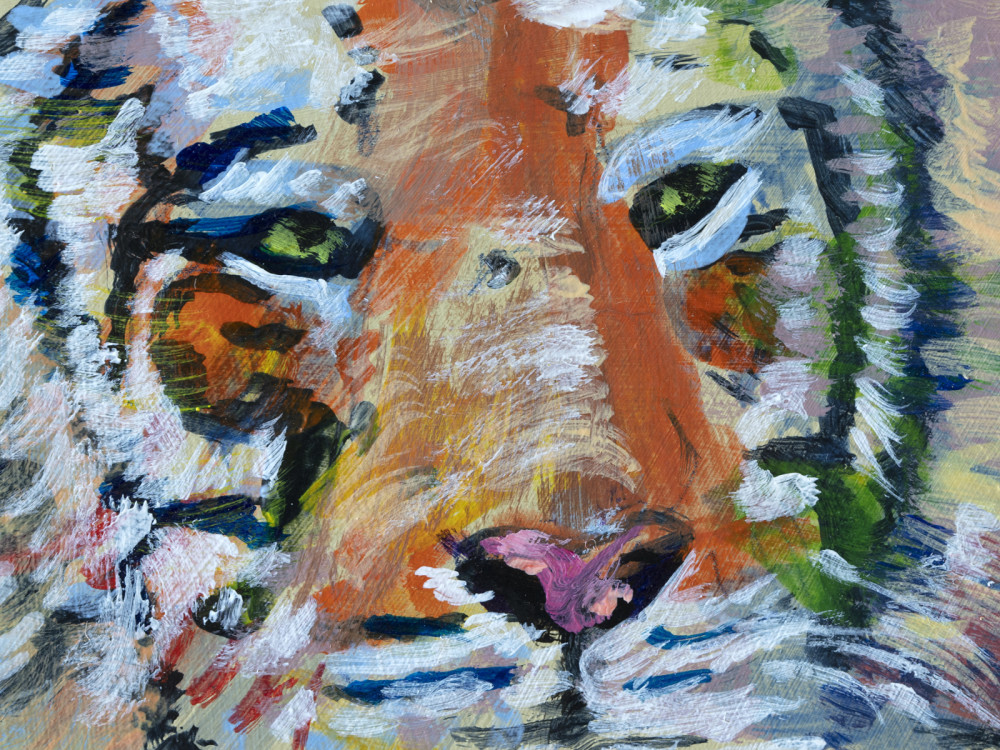Painting meets film: Interview with Jacco Olivier
Verisart speaks to Jacco Olivier about how he melds painting and photography into intimate animated films and his first NFTs.
Dutch artist Jacco Olivier (b. 1972) melds painting and photography into intimate animated films which document his painting process. As he paints, Olivier photographs each evolution of the work before using the still images to create stop-action animation. Although the process of photographing the action requires the artist to step away from the canvas each time, Olivier paints with spontaneous and expressive brushstrokes. His works are a journey through the act of painting, where the viewer is invited to see every change to the composition and there is an organic feel to each film as the painting evolves in front of the viewer’s eyes.
Olivier recently released his first NFTs on Verisart’s SuperRare Space featuring, six different animals.
Vinciane Jones, Head of Community at Verisart, spoke to Olivier about his approach to painting and animation and how the two sides of his practice inform each other.
Vinciane Jones: Although you create in the physical world, your final works are digital. Would you describe yourself as a painter, a digital artist or something else?
Jacco Olivier: I see myself as a painter because the works come out of an interest and investigation in the realm of painting. That some works become animations is almost accidental… at the moment, it’s the best way for me to show what I am looking for in painting.

VJ: You’ve previously drawn inspiration from everyday moments, to landscapes and art history with your Saint Victoire series, why did you decide on animals for your first NFTs works?
JO: In a sense, it’s the same interest but I wanted to move away from narrative. But I did not want to go abstract again this time. I wanted to have a character be the single subject and focus more on the act of painting. I needed something to start from and animals are great characters.

VJ: Could you describe your process? What planning is involved before you start putting your brush to the canvas?
JO: I play around till something has my interest, a news item, an image, a memory, then I try to make a painting around that subject. I don’t finish things, I take sideroads and don’t care about the actual painting as a finished result, because I take photos in between. Later I look at those photos and most of the time the interesting parts where in the middle, between the first brushstrokes and the final painting. And there where I deviated the most. From the pictures of the in-between states I make a simple animation. To me, that animation is more of a painting that the painting itself.
VJ: Has animating your paintings changed how you approach the act of painting?
JO: Yes I think so, I am much more aware of the element of time in a painting and all the things a painting is and can be besides its final image.

VJ: How has your approach to animating your works evolved over time?
JO: Where I first used a more narrative approach, with multiple scenes etc., I approach things in a straightforward, more unambiguous way. Simpler. I almost have a backwards technological evolution in that sense. The more possibilities there are in animation, the more I steer clear from them. I use very basic technics. The boundaries between the animation and an actual painting are disappearing.

Jacco Olivier’s six NFTs are available on Verisart’s SuperRare Space. Olivier’s series of NFTs captures each animal has its own unique character and movement, from the slow steady plodding of the brown bear to the graceful flight of the swan and the giraffe’s gangly galloping. The viewer is invited to watch these animals, but also to watch the painting itself. As the film unfolds we are watching a living painting.
Explore all the works here.